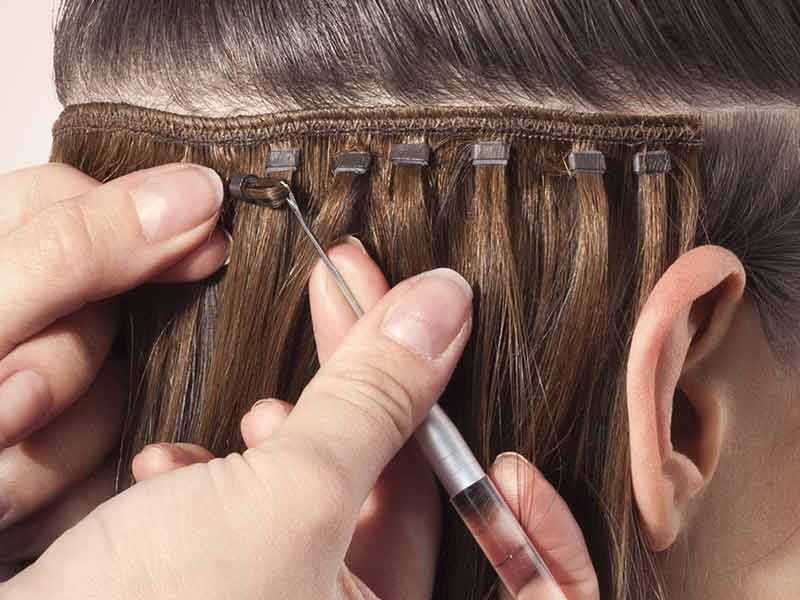Are you dicey about which hair enhancement will be best for you? Don’t worry we’ve got you. Here’s all you need to know about Wigs Weaves and Extensions for hair. These are all methods used to enhance or change one’s hairstyle, but they differ in terms of application, coverage, and overall use. Here are the key differences between them.
Table of Contents
Hair Wigs
A hair wig is a full head covering composed of human or synthetic hair that is worn to conceal the natural hair on your entire head. Wigs are intended to transform your hairstyle, color, and texture all at once. They come in a variety of styles, including lace front wigs, full lace wigs, and conventional cap wigs, and they may be modified to fit your head shape. Wigs are simple to wear and remove, making them an excellent alternative for people who want to change their appearance quickly and without harming their natural hair.
Lace front wigs
Lace front wigs are a popular wig style that seems natural and lifelike. With these wigs, the sheer lace material at the front of the wig cap simulates the impression of a natural hairline. Lace front wigs, as the name suggests, have a lace panel at the front of the wig cap that frequently reaches from ear to ear. When worn on the skin, lace is a delicate, thin fabric that is almost translucent. Individual hairs are hand-tied to the lace to create a smooth and natural-looking hairline. The lace blends with the skin, making the wig almost invisible, allowing the wearer to part the wig in a variety of ways and shape the hair away from the face.
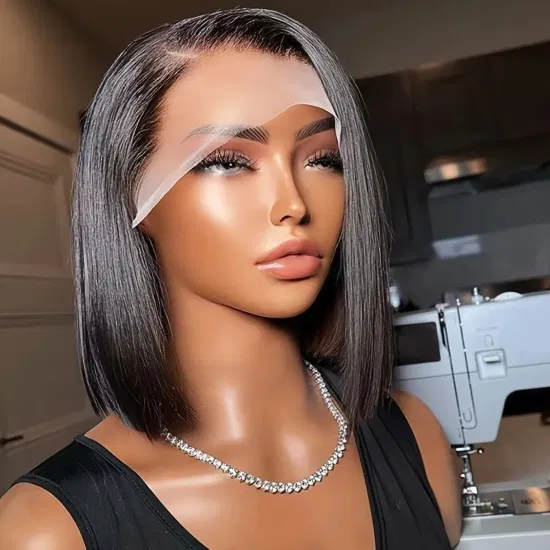
Traditional Cap Wigs
Traditional cap wigs, also known as classic or machine-made wigs, are a long-standing type of wig construction. A sewing machine is used to attach the hair on these wigs to a cap or base. Traditional cap wigs are constructed with a solid cap made of cotton, nylon, or polyester. This cap is designed to fit snugly on the head and serves as the wig’s foundation. While traditional cap wigs lack the parting and styling options of lace front wigs, they can still be styled and restyled to some extent. Heat tools can be used to style some traditional cap wigs.
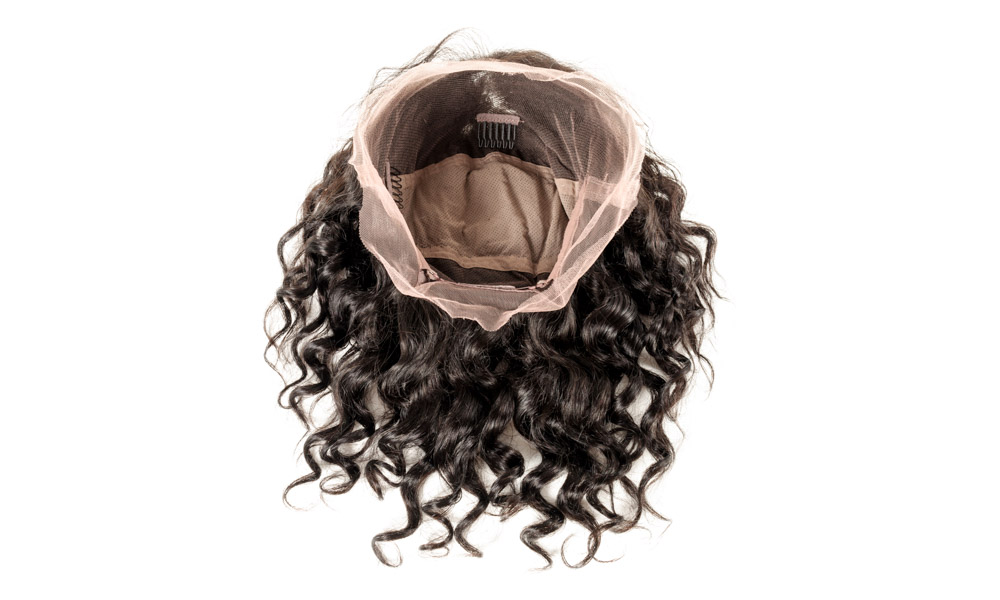
Full lace wigs
Full lace wigs are a type of wig that offers a natural and versatile solution for people who want to change their hairstyle. Here’s an overview of full lace wigs. Full lace wigs are handcrafted, with each strand of hair sewn into a lace cap individually. The cap is completely made of sheer lace material that closely resembles the look of the scalp. When worn, the lace cap of a full lace wig is designed to be virtually undetectable, resulting in a natural-looking hairline that allows for a variety of parting styles and hairdos. It is a popular choice among wig wearers due to its realism.
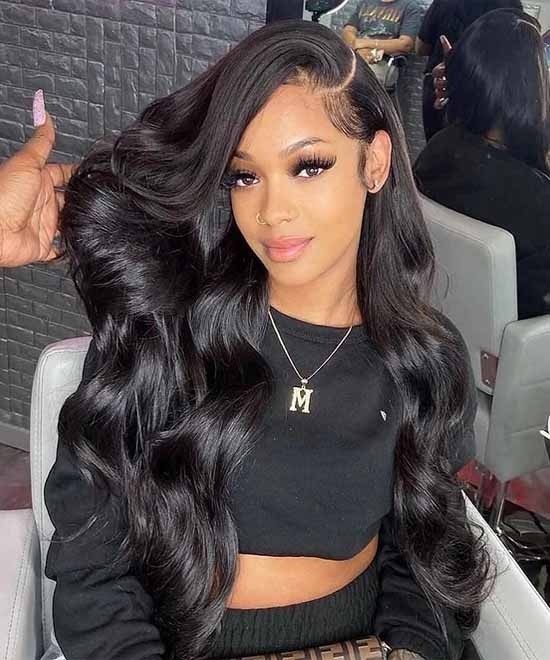
Hair weaves
Hair weaves involve sewing or braiding extensions into your natural hair, usually in the form of tracks or wefts. Extensions are frequently made from human hair or high-quality synthetic materials. Weaves can be used to add volume, length, and texture to natural hair. The procedure is usually carried out by a professional hairstylist and can last from a few weeks to several months, depending on the method used and how well it is cared for.
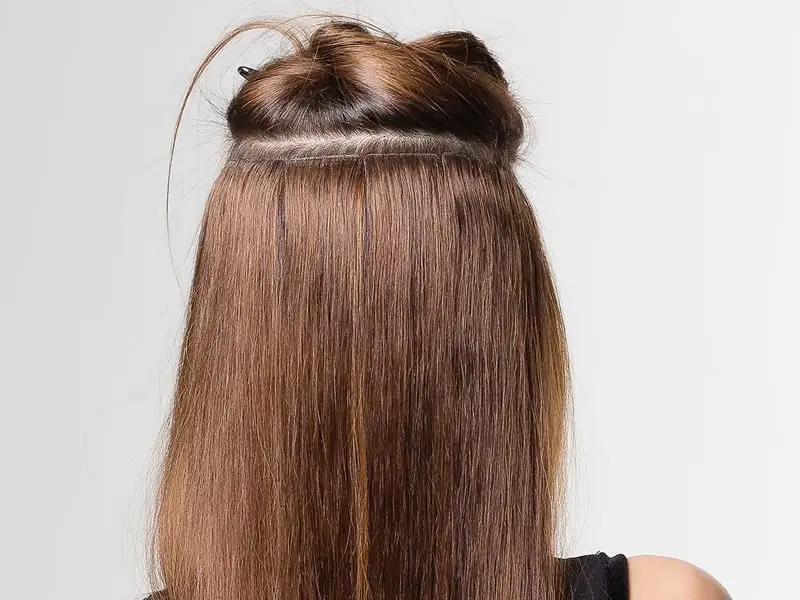
Hair Extensions
Individual strands of hair are clipped, glued, or bonded to your natural hair to add length, volume, or highlights. Hair extensions come in a variety of styles, including clip-in, tape-in, fusion (pre-bonded), and micro-link. They can be made of real human hair, synthetic hair, or a mix of the two. Extensions can be applied at home or by a professional, and depending on the type, they can be worn temporarily or semi-permanently.
Clip-In Hair Extensions
These extensions are clipped to hair wefts, making them easy to attach and remove. They are ideal for temporary hair transformations because they can be worn as needed.
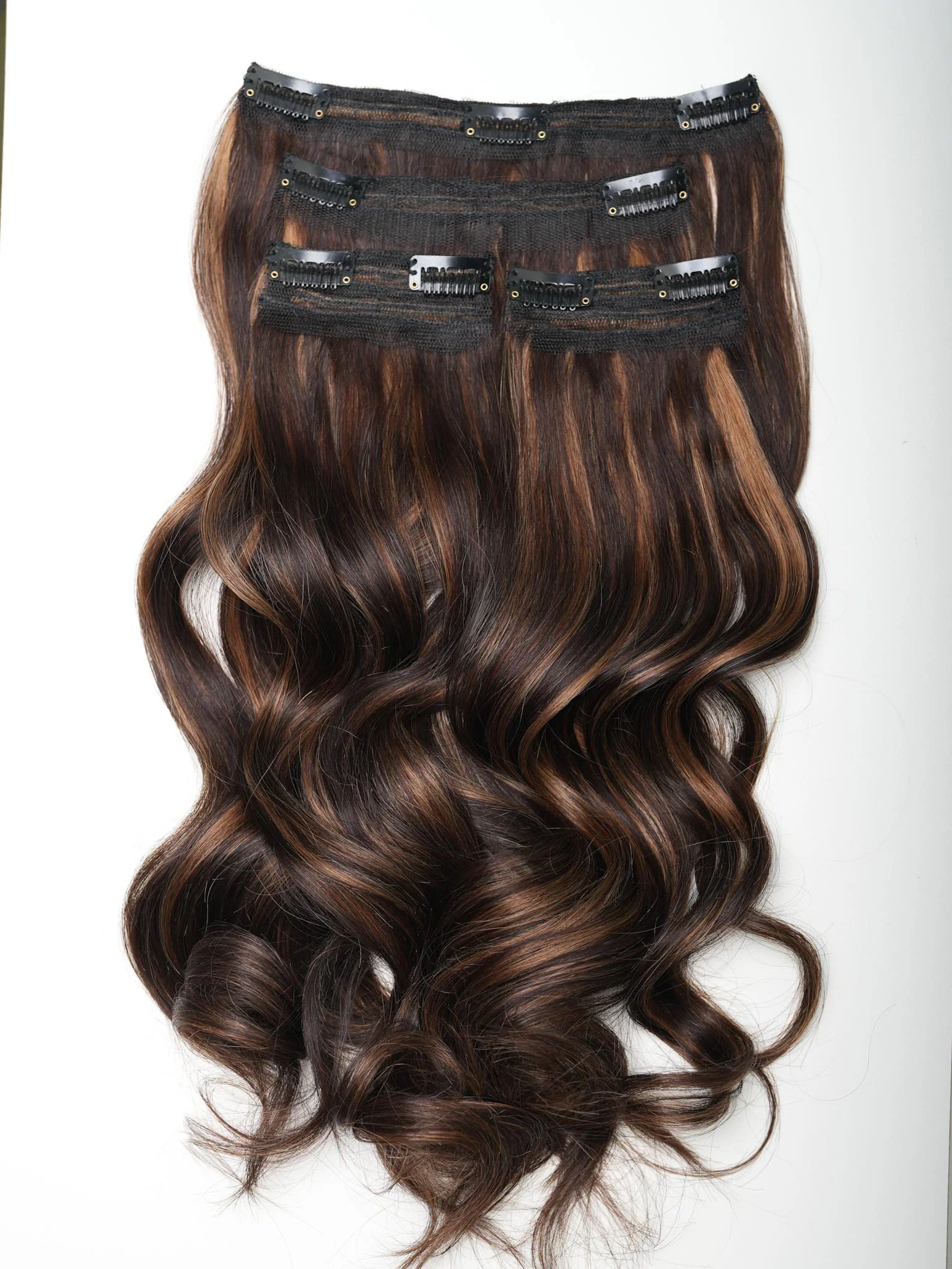
Tape-In Hair Extensions
These are extensions made of hair wefts with adhesive tape on one side. They are sandwiched between thin sections of your natural hair to create a semi-permanent solution that lasts for several weeks.

Sew-In or Weave Extensions
With this method, you braid your natural hair and then sew extension wefts into the braids. Sew-in extensions are typically more secure and durable.
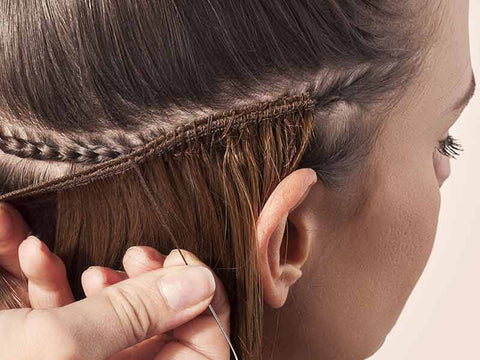
Halo Extensions
Halo Extensions are a type of hair extension that consists of a weft of hair attached to a thin, clear wire that resembles a halo on your head. It’s a no-clip, no-glue, no-sew option that’s easy to wear and remove.

Summary for Wigs Weaves and Extensions
In summary, wigs are full head coverings that change your entire hairstyle, weaves are hair extensions that are sewn or braided into your natural hair, and hair extensions are individual strands or wefts of hair that can be added to your natural hair to achieve specific styling goals. The option you select is determined by your desired look, budget, and the duration of the hair enhancement.
Is extension better than wig?
If you have bald-spots in a specific area, wig would be a better choice because extension hair can accidentally reveal the spot.
Will weave cause hair loss?
Weaves and extensions can cause some hair loss and damage your hair as well.
How long does weave lasts?
4 to 8 weeks depending on how you care for your hair.
Can I wear wigs everyday?
You can if you want but remember washing them to prevent scalp infections.

